What species to tissue culture
bromadams
14 years ago
Related Stories
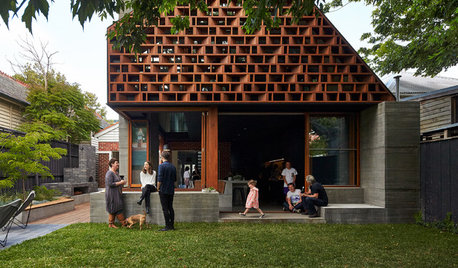
HOMES AROUND THE WORLDHouzz Tour: Local Cafe Culture Inspires a Melbourne Makeover
An Australian family renovates its bungalow to connect with relatives, friends and community
Full Story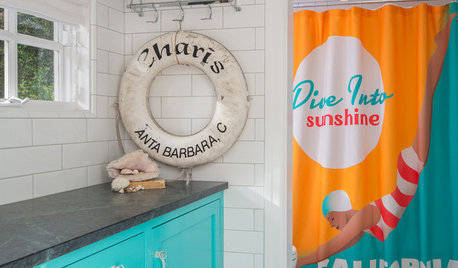
COLORWhy You Should Bring Turquoise Into the Bath
This bright blue-green hue sparkles like the Gulf of Mexico. Here are 11 ways to give your bath some cool aqua culture
Full Story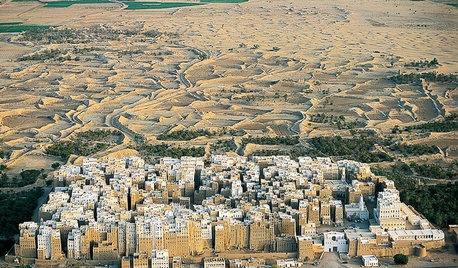
EVENTSOn Show: The Ingenuity of Ancient Architecture
A German exhibit celebrates the diversity of traditional homes built with materials at hand
Full Story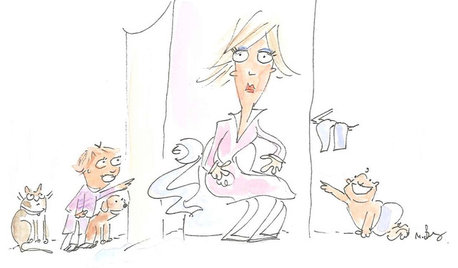
LIFE21 Things Only People Living With Kids Will Understand
Strange smells, crowded beds, ruined furniture — here’s what cohabiting with little monsters really feels like
Full Story
MOST POPULARMeet a Lawn Alternative That Works Wonders
Carex can replace turfgrass in any spot, is low maintenance and adjusts easily. Add its good looks and you’ve got a ground cover winner
Full Story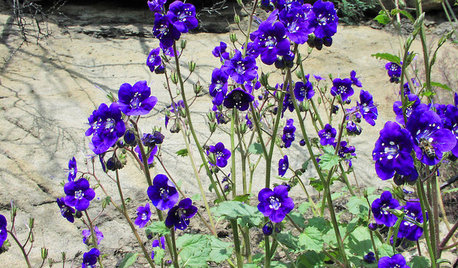
GARDENING GUIDESGreat Design Plant: Annual Phacelias
Coveted by California beekeepers and wildlife gardeners, phacelias are worth planting now for their prolific blue to purple spring blooms
Full Story
GARDENING FOR BUTTERFLIESGarden for Wildlife to Reap Rich Rewards
When you plant with animals and insects in mind, you make gardening easier, the planet healthier and yourself more present
Full Story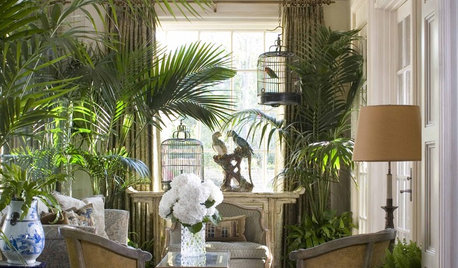
HOUSEPLANTSOne Pot, One Big Shot of the Tropics
Give your rooms exotic flair in a single stroke. Tall Kentia palm fits the tropical bill beautifully
Full Story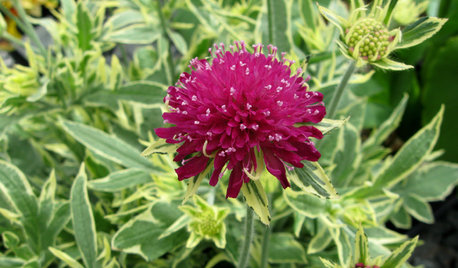
GARDENING FOR BUTTERFLIESGreat Design Plant: Thunder and Lightning for Midsummer Garden Color
Get over the mouthful of a name; focus on the dramatic foliage and gorgeous magenta flowers of Thunder and Lightning field scabious
Full Story
GARDENING FOR BUTTERFLIESGardening for the Bees, and Why It’s a Good Thing
When you discover how hard bees work for our food supply, you may never garden without them in mind again
Full StoryMore Discussions






LisaCLV
bromadamsOriginal Author
Related Professionals
Bowie Landscape Contractors · Southbury Landscape Contractors · Eastlake Landscape Contractors · Clermont Fence Contractors · American Fork Fence Contractors · Antelope Fence Contractors · Austin Fence Contractors · La Grange Fence Contractors · Sandy Springs Fence Contractors · South Miami Fence Contractors · Denton Siding & Exteriors · Guilford Siding & Exteriors · Rahway Siding & Exteriors · Sacramento Siding & Exteriors · Franklin Square Siding & ExteriorsLisaCLV
LisaCLV
vriesea
bromadamsOriginal Author
pinkbroms
vriesea
splinter1804
LisaCLV
bromadamsOriginal Author
pinkbroms
splinter1804
fdnpedro
vriesea